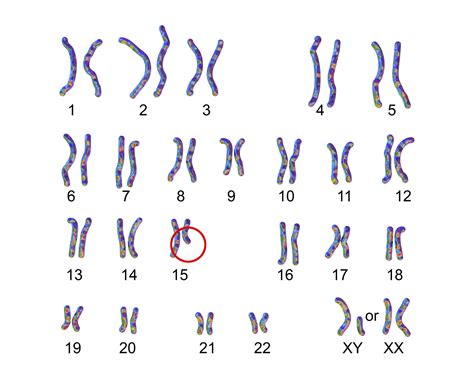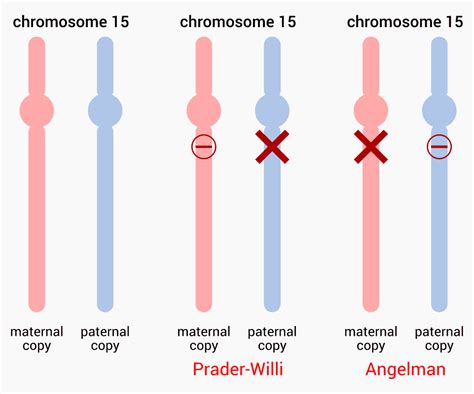prader willi dna region replication early late | prader willi syndrome research prader willi dna region replication early late The typical deletion of the 15q11-q13 region is the most common cause of PWS, presumably due to unequal crossing over in meiosis at repeated transcribed DNA sequences .
Atgūstiet spēkus un labsajūtu viesnīcas Hotel Jūrmala SPA skaistumkopšanas salonā un SPA centrā. Lasīt vairāk. . Jomas 47/49, Jūrmala, LV-2015. Tālruņa numuri. Recepcija: +371 67784400, +371 28641146. Rezervācija: +371 67784415. SPA: +371 67784405. Wellness Oasis :
0 · prader willi syndrome research
1 · prader willi syndrome genetic testing
2 · prader willi syndrome dna
3 · prader willi syndrome clinical trials
4 · prader willi dna sequence
5 · prader willi dna pattern
6 · prader willi dna
7 · paternal deletion prader willi syndrome
Ziņu portals Grani.lv – svaigākās ziņas no Daugavpils un Latgales, videosižeti, privātsludinājumi un transporta kustības saraksti.

prader willi syndrome research
Edwards et al. use uniparental human embryonic stem cells to reveal that parent-of-origin-specific DNA replication timing is confined to four large imprinted genomic regions. At the Prader-Willi syndrome locus, asynchronous replication spans the entire S phase.Prader-Willi syndrome (PWS) is a neuro-developmental genetic disorder due to lack of expression of genes inherited from the paternal chromosome 15q11-q13 region with three main genetic .Prader-Willi syndrome can be divided into two distinct clinical stages, with the first stage characterized by neonatal hypotonia, hypogenitalism, and feeding difficulties, and the second .Prader-Willi Syndrome (PWS) is a neurodevelopmental genomic imprinting disorder with lack of expression of genes inherited from the paternal chromosome 15q11-q13 region usually from .
Prader-Willi Syndrome (PWS) is a complex multisystem genetic disorder that shows great variability, with changing clinical features during a patient's life. The syndrome is due to the . The typical deletion of the 15q11-q13 region is the most common cause of PWS, presumably due to unequal crossing over in meiosis at repeated transcribed DNA sequences .This project established a human stem-cell based system to study DNA replication timing in the Prader-Willi locus and characterized the allele-specific replication timing of the locus. Further .
Prader-Willi syndrome (PWS) is a multisystemic complex genetic disorder caused by lack of expression of genes on the paternally inherited chromosome 15q11.2-q13 region. .Three distinct neurodevelopmental disorders arise primarily from deletions or duplications that occur at the 15q11-q13 locus: Prader-Willi syndrome (PWS), Angelman syndrome (AS), and . In brief. PWS is a common and complex disorder affecting multiple systems. Early diagnosis is important to effective long-term management. Hypotonia, beginning prenatally, . Edwards et al. use uniparental human embryonic stem cells to reveal that parent-of-origin-specific DNA replication timing is confined to four large imprinted genomic regions. At the Prader-Willi syndrome locus, asynchronous replication spans the entire S phase.
Prader-Willi syndrome (PWS) is a neuro-developmental genetic disorder due to lack of expression of genes inherited from the paternal chromosome 15q11-q13 region with three main genetic subtypes.Prader-Willi syndrome can be divided into two distinct clinical stages, with the first stage characterized by neonatal hypotonia, hypogenitalism, and feeding difficulties, and the second stage, which usually occurs between 1 and 2 years of age, characterized by psychomotor retardation and early onset of childhood obesity.Prader-Willi Syndrome (PWS) is a neurodevelopmental genomic imprinting disorder with lack of expression of genes inherited from the paternal chromosome 15q11-q13 region usually from paternal 15q11-q13 deletions (about 60%) or maternal uniparental disomy 15 or both 15s from the mother (about 35%).
Prader-Willi Syndrome (PWS) is a complex multisystem genetic disorder that shows great variability, with changing clinical features during a patient's life. The syndrome is due to the loss of expression of several genes encoded on the proximal long arm of chromosome 15 (15q11.2–q13). The typical deletion of the 15q11-q13 region is the most common cause of PWS, presumably due to unequal crossing over in meiosis at repeated transcribed DNA sequences (i.e. HERC2 genes) located at the proximal and distal ends of the 15q11-q13 region (Refs 30, 31).
This project established a human stem-cell based system to study DNA replication timing in the Prader-Willi locus and characterized the allele-specific replication timing of the locus. Further studies will explore the functional significance of asynchronous replication at the PWS locus.
Prader-Willi syndrome (PWS) is a multisystemic complex genetic disorder caused by lack of expression of genes on the paternally inherited chromosome 15q11.2-q13 region. There are three main genetic subtypes in PWS: paternal 15q11-q13 deletion (65–75 % of cases), maternal uniparental disomy 15 (20–30 % of cases), and imprinting defect (1–3 %).

Three distinct neurodevelopmental disorders arise primarily from deletions or duplications that occur at the 15q11-q13 locus: Prader-Willi syndrome (PWS), Angelman syndrome (AS), and 15q11-q13 duplication syndrome (Dup15q syndrome).
In brief. PWS is a common and complex disorder affecting multiple systems. Early diagnosis is important to effective long-term management. Hypotonia, beginning prenatally, causes poor feeding and. Edwards et al. use uniparental human embryonic stem cells to reveal that parent-of-origin-specific DNA replication timing is confined to four large imprinted genomic regions. At the Prader-Willi syndrome locus, asynchronous replication spans the entire S phase.Prader-Willi syndrome (PWS) is a neuro-developmental genetic disorder due to lack of expression of genes inherited from the paternal chromosome 15q11-q13 region with three main genetic subtypes.Prader-Willi syndrome can be divided into two distinct clinical stages, with the first stage characterized by neonatal hypotonia, hypogenitalism, and feeding difficulties, and the second stage, which usually occurs between 1 and 2 years of age, characterized by psychomotor retardation and early onset of childhood obesity.
Prader-Willi Syndrome (PWS) is a neurodevelopmental genomic imprinting disorder with lack of expression of genes inherited from the paternal chromosome 15q11-q13 region usually from paternal 15q11-q13 deletions (about 60%) or maternal uniparental disomy 15 or both 15s from the mother (about 35%).
prader willi syndrome genetic testing
Prader-Willi Syndrome (PWS) is a complex multisystem genetic disorder that shows great variability, with changing clinical features during a patient's life. The syndrome is due to the loss of expression of several genes encoded on the proximal long arm of chromosome 15 (15q11.2–q13). The typical deletion of the 15q11-q13 region is the most common cause of PWS, presumably due to unequal crossing over in meiosis at repeated transcribed DNA sequences (i.e. HERC2 genes) located at the proximal and distal ends of the 15q11-q13 region (Refs 30, 31).
This project established a human stem-cell based system to study DNA replication timing in the Prader-Willi locus and characterized the allele-specific replication timing of the locus. Further studies will explore the functional significance of asynchronous replication at the PWS locus. Prader-Willi syndrome (PWS) is a multisystemic complex genetic disorder caused by lack of expression of genes on the paternally inherited chromosome 15q11.2-q13 region. There are three main genetic subtypes in PWS: paternal 15q11-q13 deletion (65–75 % of cases), maternal uniparental disomy 15 (20–30 % of cases), and imprinting defect (1–3 %).Three distinct neurodevelopmental disorders arise primarily from deletions or duplications that occur at the 15q11-q13 locus: Prader-Willi syndrome (PWS), Angelman syndrome (AS), and 15q11-q13 duplication syndrome (Dup15q syndrome).

gucci dive watch on wrist
Las Vegas REALTORS® (LVR) is a professional trade association serving nearly 16,000 REALTOR® members. LVR provides education, training, political advocacy and networking opportunities to help protect and advance the rights and interests of our members.
prader willi dna region replication early late|prader willi syndrome research



























